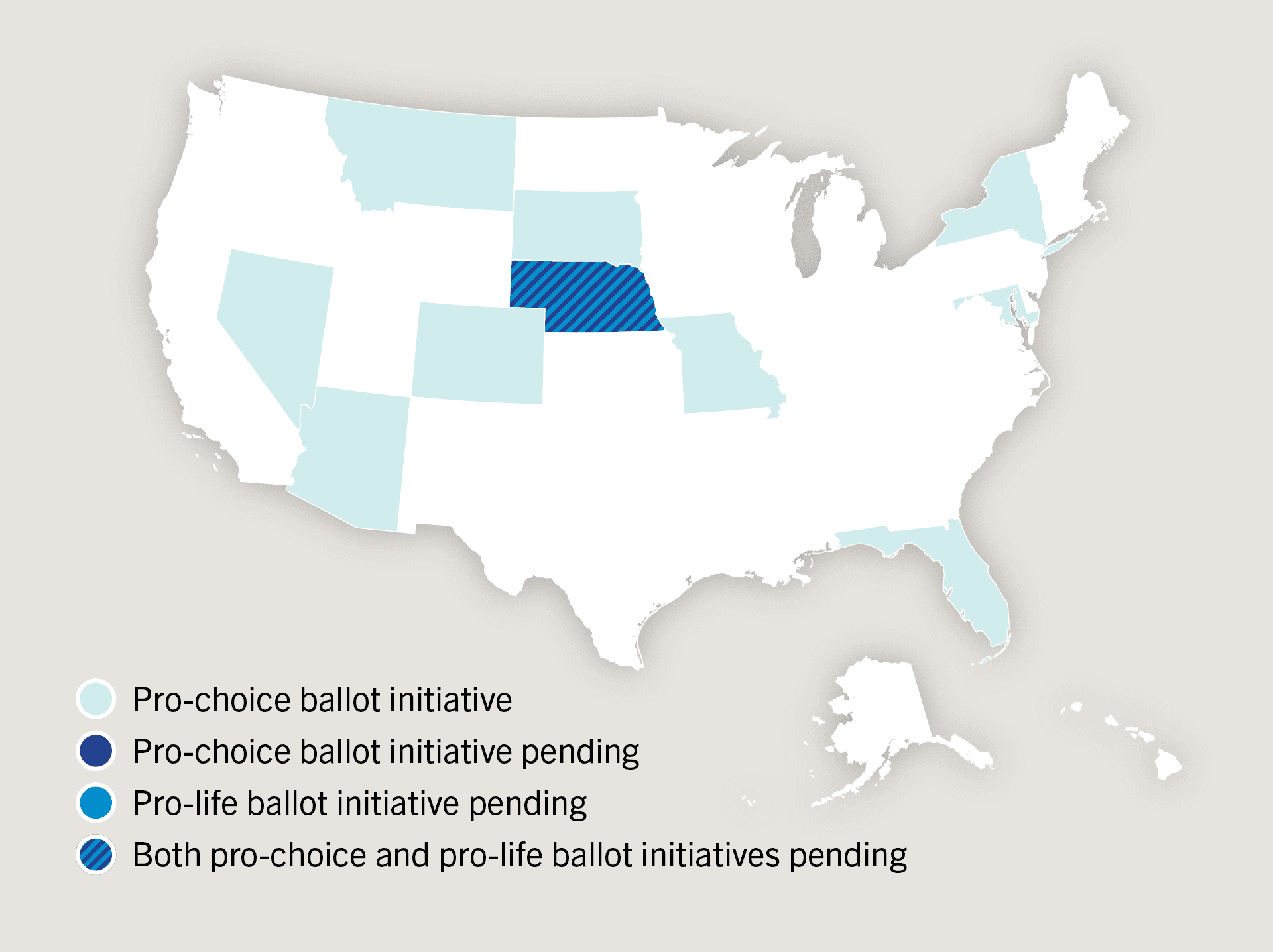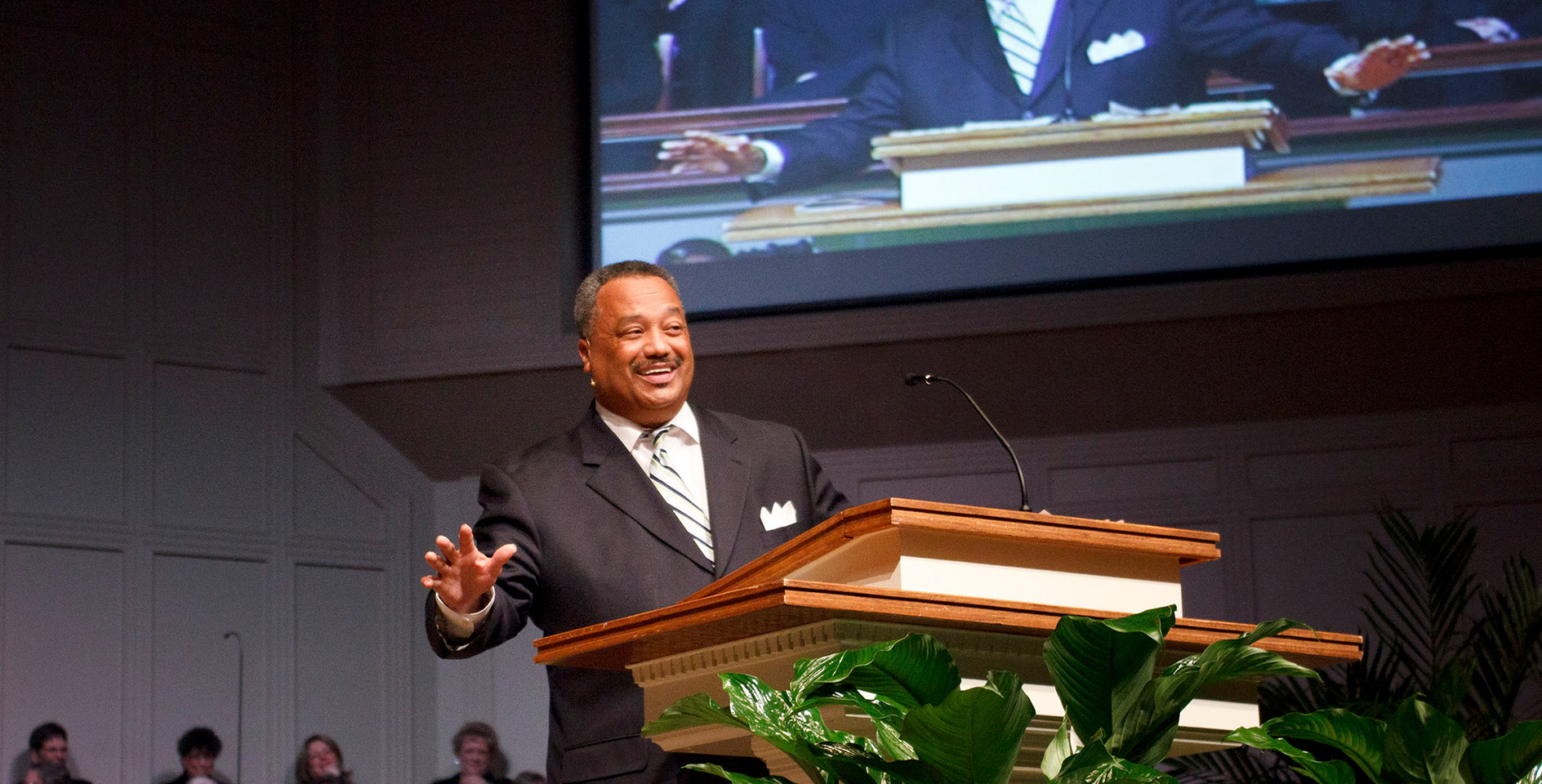For almost a century, college football bowl games have been a New Year’s Day tradition in the United States. Here are five facts you should know about college football and bowl games:
1. In the late 1890s and early 1900s, football was such a brutal sport that many players died due to the injuries they received on the field. Between 11 and 20 deaths resulted directly from a football injury during the 1905 season alone. As David Dayen notes, that would be the equivalent today of he 95 on-field deaths. Public opinion was turning against the sport to such an extent that the New York Times an op-ed on “Two Curable Evils”, listing football alongside lynching.
2. In an attempt to save the game, then-president Theodore Roosevelt stepped in by inviting the coaches of three biggest college programs—Harvard, Yale and Princeton—to the White House for a private meeting and encouraged them to make the game safer. In response to Roosevelt’s request, Harvard coach Bill Reid helped to organize the Intercollegiate Athletic Association of the United States (IAAUS), now known as the National Collegiate Athletic Association (NCAA). In January 1906, representatives of 62 Colleges and Universities meet to appoint a rules committee for college football. In an attempt to “open” the game, the IAAUS made 19 changes, including doubling the yardage needed for a first down from five yards to 10; creating a neutral zone between the two sides of the line of scrimmage; requiring six men on the line; and establishing the forward pass.
3. To draw attention to the Pasadena Tournament of Roses, members of the Valley Hunt Club decided in 1902 hosted a matchup between two of the best college football teams from the East and the West. The inaugural Tournament East-West football game between Michigan and Stanford was such a rout (Standford conceded defeat with 8 minutes left to play) that the event didn’t host another game until 1916. In 1923 it was moved to a new stadium in Pasadena called the Rose Bowl. That game, played on New Year’s Day, took on the name of its new home, and the “bowl game” was born.
4. In the 1930s, as Christopher Klein notes, “other warm-weather locations followed Pasadena’s lead and latched onto New Year’s Day college football games as a way to lure tourists—and their dollars—seeking a mid-winter break.” In 1933, Miami Gardens, Florida launched the Festival of Palms Bowl (which was later named the Orange Bowl), New Orleans launched the Sugar Bowl in 1935, and El Paso debuted the Sun Bowl in 1936. In 1937, Havana, Cuba sponsored the Bacardi Bowl and Dallas started the Cotton Bowl.
5. Because of the connections between individual colleges and bowl games, the NCAA did not initially hold a championship game. The AP college football poll, which began in 1936, became the unofficial designator of the “national champion.” Between 1992 and 2013, though, several playoff tournaments arose to choose a Division 1 winner. Since 2014, the national champion has been decided by the College Football Playoff National Championship game. The game serves as the final of the College Football Playoff, a bracket tournament between the top four teams in the country as determined by a selection committee, which rotates among six major bowl games (sometimes referred to as the 'New Year's Six'): Cotton, Fiesta, Peach, Orange, and Rose.








